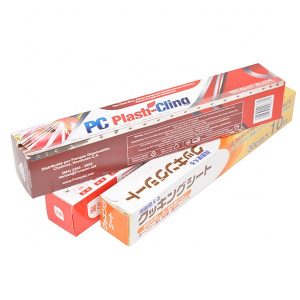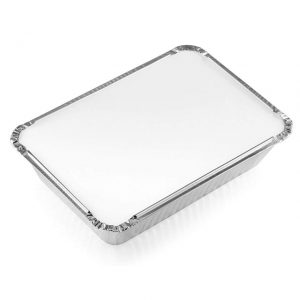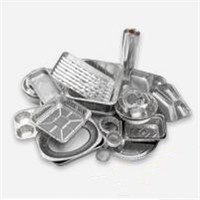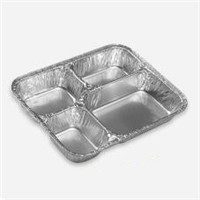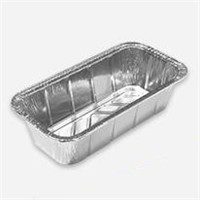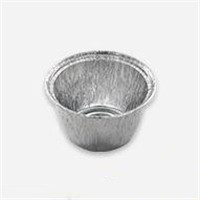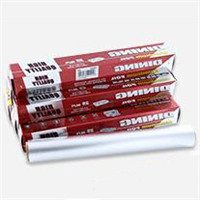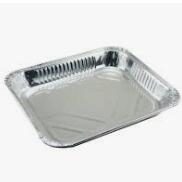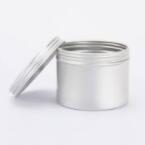The traditional production method of metal packaging cans is: cut the iron sheet into a rectangle, and then roll the blank into a cylinder and then solder the formed longitudinal joint line to form a side seal. One end of the cylinder is round. The iron lid is mechanically formed with a flange and rolled and sealed to form a can body; the other end is filled with the product and the can lid is sealed. Since the container is composed of three parts: the lid, the body and the bottom, it is called a three-piece can. The other can making principle is that the can body and the bottom are as a whole, and a round flat blank is stamped out, and the product is sealed and sealed. This kind of iron can is called a two-piece can. There are two types of cans. Forming method: one is stamping -> thinning and drawing (punching), and the other is stamping -> re-stamping (deep drawing). These technologies are not new in themselves. The punching and drawing method has been used to make bullet casings as early as World War I. The difference in can making is the use of ultra-thin metal and the high production speed.
1) Three-piece can production process:
First cut the coiled material into rectangular plates—>painting and decoration printing—>cut into long blanks—>roll into a cylinder and weld the side seams—>repair joints and coating—cut the cylinder to form grooves or Corrugation—>Pressing out flanges at both ends—>rolling the bottom seal.
2) Two-piece can production process
1. Punching and cupping manufacturing: unfolding ordinary strip coils—>applying lubricant—>cutting and punching the cup—>re-punching—>thinning and stretching of the side wall of the cup—>bottom forming—>the cylinder is cut to the correct height Edge—>Cleaning and processing.
2. Deep-drawing can manufacturing: cutting thin steel strip coils into spiral-shaped sheets—>coating and finishing plates—>wafer blanks and punching cups—>re-punching cups—>tank bottom forming—>flanges Trim the edges to the correct width—>inspect and process.
